 Back in 1990, before anyone had hit on the magic formula for selling manga to American readers, VIZ tried a bold experiment. They released a handful of titles in a prestige format with fancy covers, high-quality paper, and a large trim size, and called them “Viz Spectrum Editions.” Only three manga got the Viz Spectrum treatment: Yu Kinutani’s Shion: Blade of the Minstrel, Yukinobu Hoshino’s Saber Tiger, and Natsuo Sekikawa and Jiro Taniguchi’s Hotel Harbour View. While neither the imprint nor the format survived, these three titles helped pave the way for VIZ’s later efforts to establish its Signature line.
Back in 1990, before anyone had hit on the magic formula for selling manga to American readers, VIZ tried a bold experiment. They released a handful of titles in a prestige format with fancy covers, high-quality paper, and a large trim size, and called them “Viz Spectrum Editions.” Only three manga got the Viz Spectrum treatment: Yu Kinutani’s Shion: Blade of the Minstrel, Yukinobu Hoshino’s Saber Tiger, and Natsuo Sekikawa and Jiro Taniguchi’s Hotel Harbour View. While neither the imprint nor the format survived, these three titles helped pave the way for VIZ’s later efforts to establish its Signature line.
Hotel Harbour View, by far the strongest of the three, is a stylish foray into hard-boiled crime fiction. In the title story, a man patronizes a once-elegant bar in Hong Kong, telling the bartender that he’s waiting for the person who’s supposed to kill him, while in the second story, “A Brief Encounter,” an assassin returns to Paris, where his former associates — including his protege — lie in wait for him.
As editor Fred Burke observes in his afterword, both stories are as much about style and genre as they are about exploring what motivates people to kill. The characters in both stories are deeply concerned with scripting their own lives, of behaving the way hit men and high-class call girls do in the movies. None of them wear simple street clothes; all of them are in costume, wearing gloves and suits and garter belts. (In one scene, for example, an assassin asks a bystander to hand him his hat, even though he lies dying in a pool of blood. “Just don’t feel right without it,” he explains.) Their words, too, are carefully chosen; every conversation has the kind of pointed quality of a Dashiell Hammett script, with characters trading quips and telling well-rehearsed stories about their past. A brief surveillance operation, for example, yields this tersely wonderful exchange between two female assassins:
“She’s French, isn’t she? Parisienne.”
“How can you tell?”
“She looks arrogant and stubborn. The sort who ruins men.”
“He loves her. That’s why he came back to Paris.”
“And how can you tell?”
“I’m a Parisienne, too.”
[As an aside, I should note that Gerard Jones and Matt Thorn’s excellent translation brings Sekikawa’s script to life in English; each character has a distinctive voice, and the dialogue is thoroughly idiomatic.]
The violence has a cinematic flavor as well; Taniguchi’s balletic gunfights call to mind the kind of technically dazzling shoot-outs that became a staple of John Woo’s filmmaking in the late 1980s and early 1990s. Taniguchi uses many of the same tricks. He follows a bullet’s trajectory from the gun barrel to its point of impact, showing us the victim’s terrified face as the bullet closes in on its target; stages elaborate duels in which passing trains demand split-second timing from the well-armed participants; and shows us a hit gone bad from dozens of different angles. In one the book’s most stylish sequences, we see a gunman’s reflection in a shattered mirror; as the “camera” pulls back from that initial image, we realize that we’re seeing things from the killer’s point of view, not the gunman’s. A dramatic cascade of glass destroys his reflection as he slumps to the floor — a perfect movie ending for a character obsessed with orchestrating his own death.
Like Taniguchi’s other work, there’s a slightly stiff quality to the artwork. His characters are drawn with meticulous attention to detail, yet their faces remain impassive even when bullets fly and old lovers betray them. That detachment can be frustrating in other contexts, but in Hotel Harbour View it registers as sang-froid; the characters’ composure is as essential to their performances as their costumes and studied banter, as each self-consciously fulfills their role in the drama.
Though Hotel Harbour View is out of print, copies are still widely available through online retailers; I ordered mine directly from Amazon. You’ll also find a robust market for second-hand copies; expect to pay between $4.00 and $20.00 for a copy in good to excellent condition.
Manga Artifacts is a monthly feature exploring older, out-of-print manga published in the 1980s and 1990s. For a fuller description of the series’ purpose, see the inaugural column.
HOTEL HARBOUR VIEW • SCRIPT BY NATSUO SEKIKAWA, ART BY JIRO TANIGUCHI • VIZ MEDIA • 94 pp. • RATING: MATURE (18+)
 Reading The Times of Botchan reminded me of watching Alexander Sakurov’s cryptic 2002 film
Reading The Times of Botchan reminded me of watching Alexander Sakurov’s cryptic 2002 film 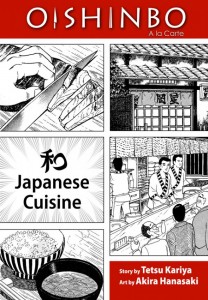 10. Oishinbo a la Carte
10. Oishinbo a la Carte 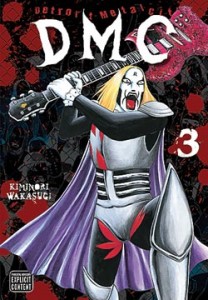
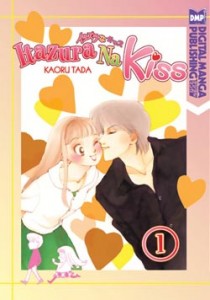

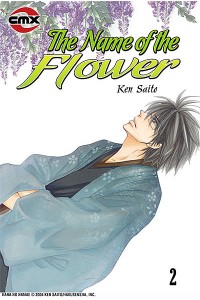
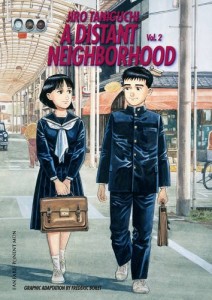
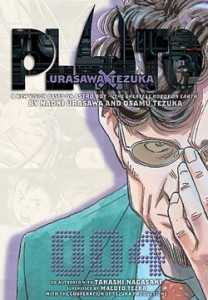 4. Pluto: Urasawa x Tezuka
4. Pluto: Urasawa x Tezuka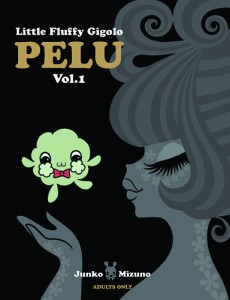
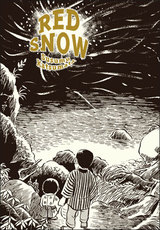



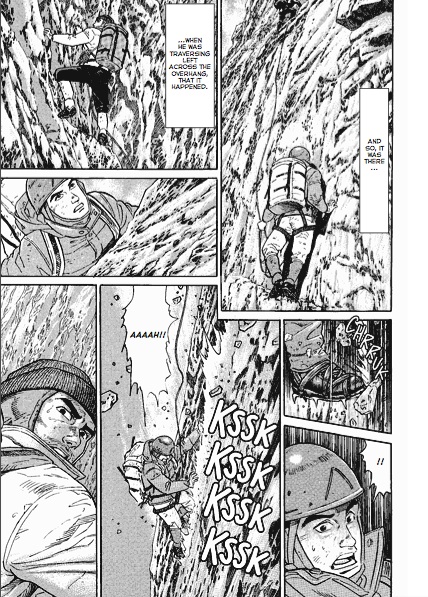
 Forty-eight-year-old Hiroshi Nakahara is a businessman with a love of alcohol and little time for his family. One day, in 1998, as he is returning home (hungover) from a business trip to Kyoko, he accidentally boards the wrong train and ends up traveling to Kurayoshi, the town in which he grew up and which he hasn’t visited for many years. With some time to kill before the next train to Tokyo, he wanders around, checking out the building that used to be his family’s shop and paying a visit to his mother’s grave. As he’s asking his mother, “Were you happy?” something mysterious occurs and Hiroshi wakes to discover that he’s back in his fourteen-year-old body but with all of his adult knowledge and wisdom intact. Not only that, the family shop and neighborhood has returned to its previous condition, his deceased mother and grandmother are alive, and the date is still four months before his father’s sudden disappearance.
Forty-eight-year-old Hiroshi Nakahara is a businessman with a love of alcohol and little time for his family. One day, in 1998, as he is returning home (hungover) from a business trip to Kyoko, he accidentally boards the wrong train and ends up traveling to Kurayoshi, the town in which he grew up and which he hasn’t visited for many years. With some time to kill before the next train to Tokyo, he wanders around, checking out the building that used to be his family’s shop and paying a visit to his mother’s grave. As he’s asking his mother, “Were you happy?” something mysterious occurs and Hiroshi wakes to discover that he’s back in his fourteen-year-old body but with all of his adult knowledge and wisdom intact. Not only that, the family shop and neighborhood has returned to its previous condition, his deceased mother and grandmother are alive, and the date is still four months before his father’s sudden disappearance.